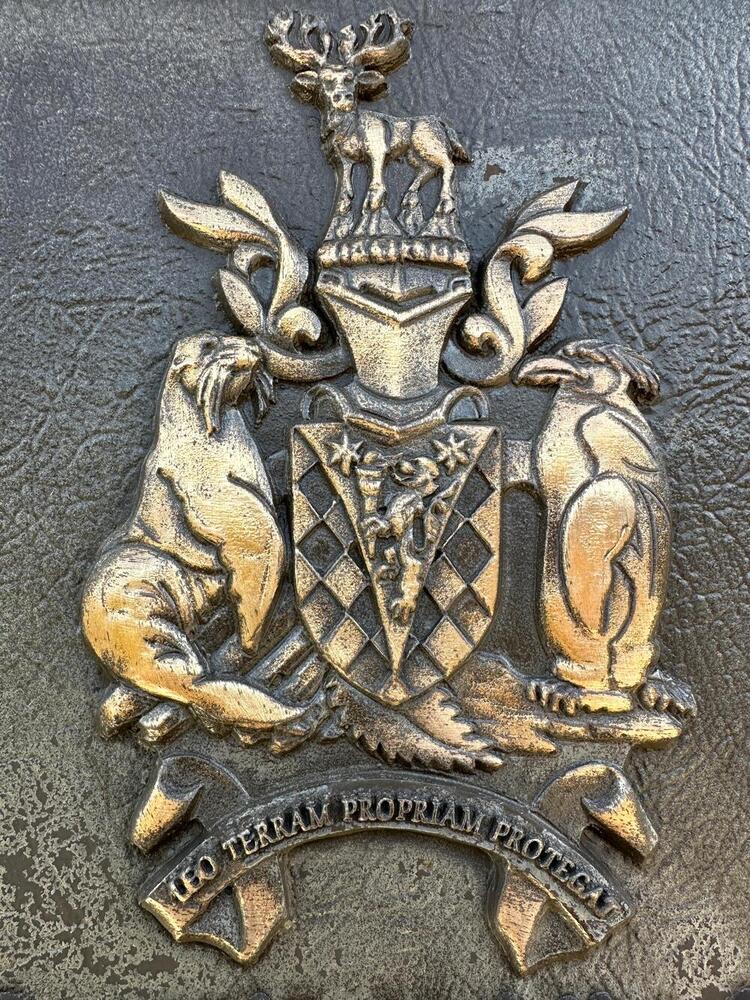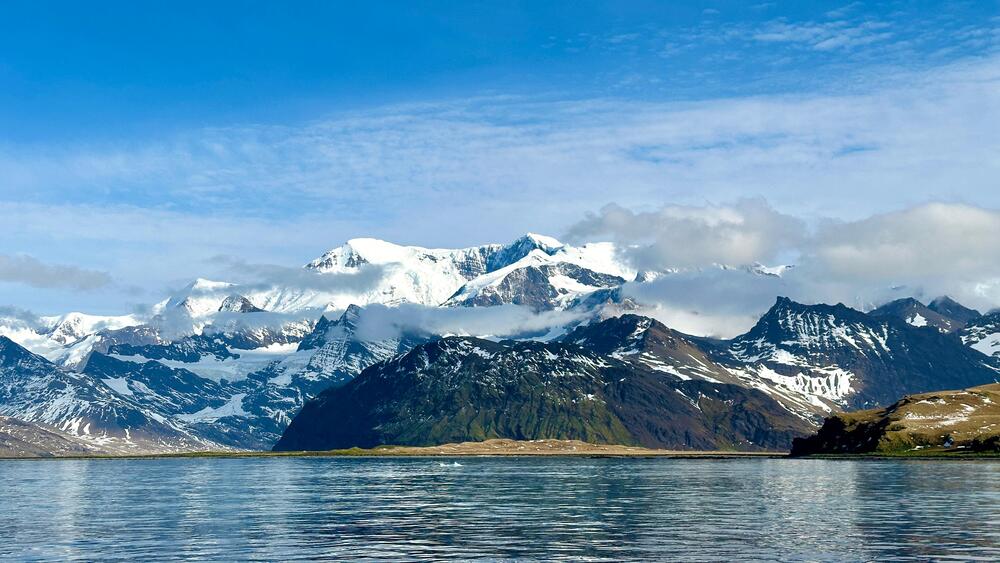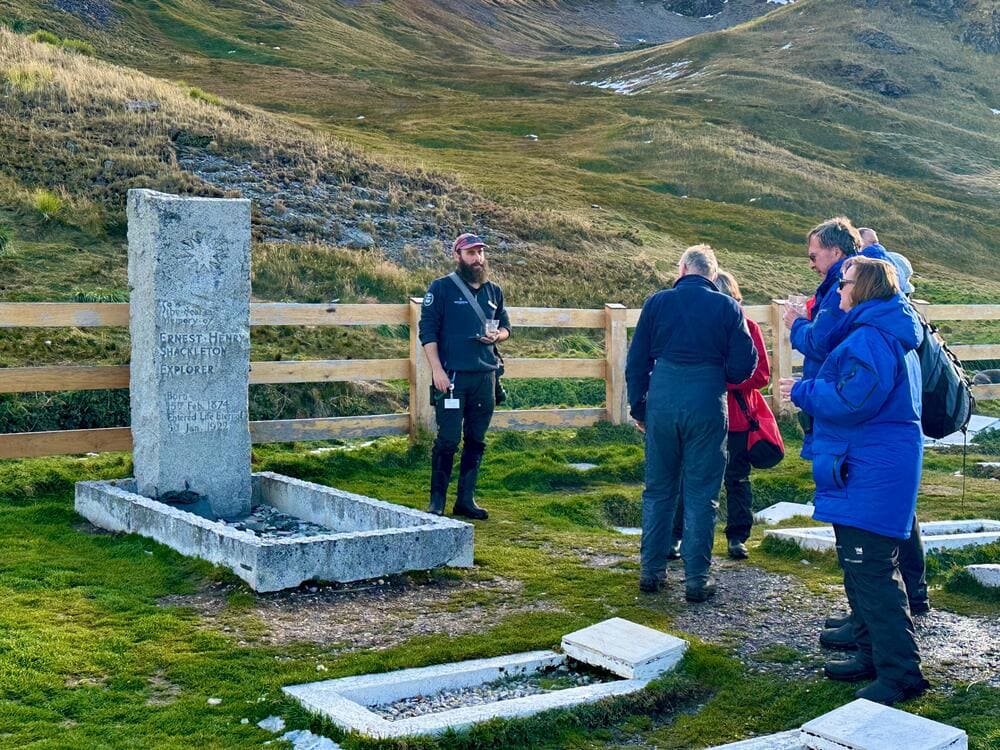There are few places on Earth as remote and ruggedly beautiful as Grytviken, South Georgia. This windswept outpost in the South Atlantic is best known as the final resting place of one of history’s greatest explorers: Sir Ernest Shackleton. For those venturing to this icy frontier, paying respects at the grave of Shackleton is a must-do.
Table of Contents
Who was Ernest Shackleton?
Sir Ernest Shackleton was a legendary Antarctic explorer, a man whose leadership, courage, and determination in the face of adversity have made him an enduring figure in exploration history. Born in Ireland in 1874, Shackleton was a key player in the Heroic Age of Antarctic Exploration. Though he never reached the South Pole, his expeditions – especially the ill-fated but legendary Endurance expedition -cemented his reputation as a leader who placed the safety of his men above all else. His ability to inspire, adapt, and endure extreme conditions has made him one of the most respected figures in exploration history.
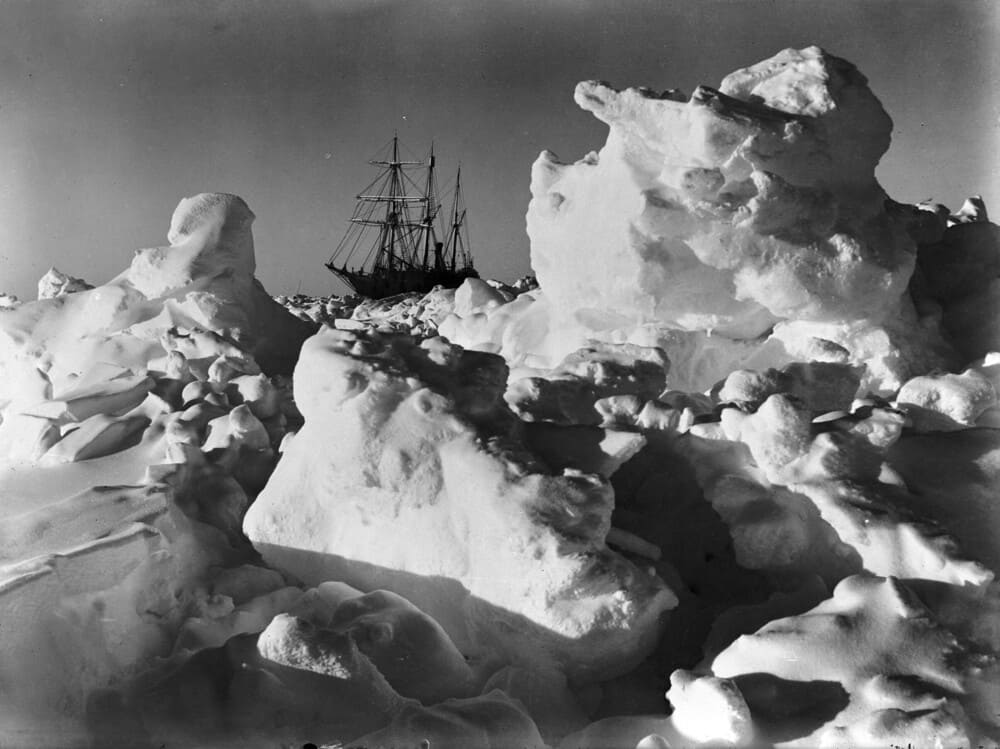
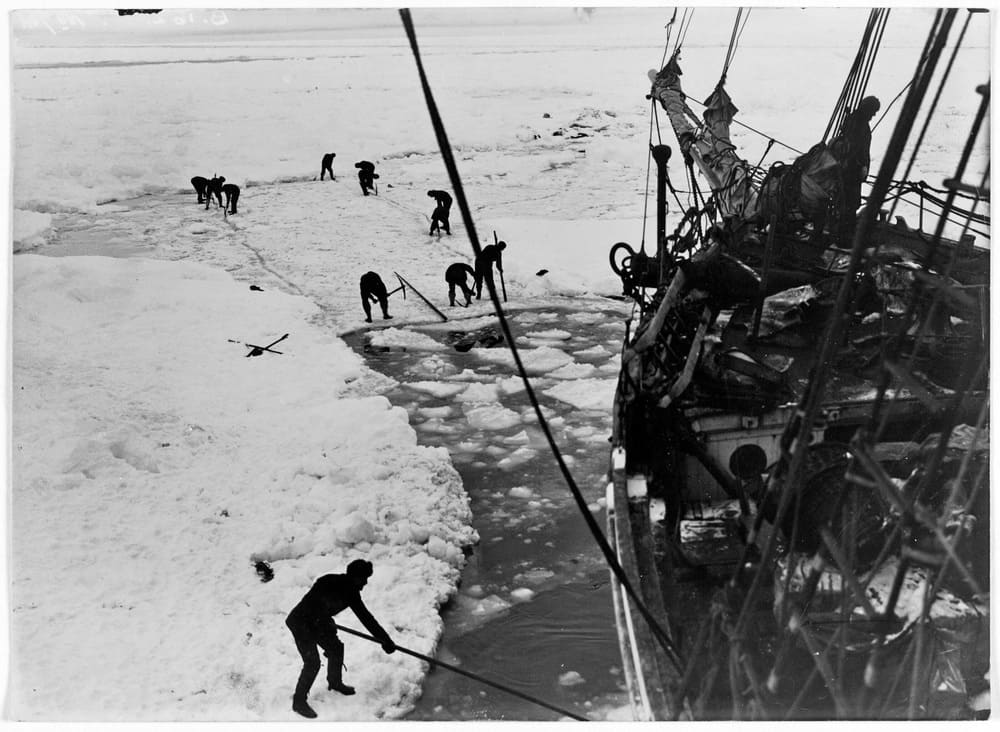
The Death of Shackleton
In 1921, Shackleton embarked on what would be his final expedition aboard the Quest. On January 4th 1922, he and his crew had reached the calm waters of Grytviken, a whaling station on South Georgia. That evening, Shackleton was in good spirits, joking with his men and looking forward to belated Christmas celebrations after enduring a storm at sea.
But in the early hours of the 5th of January, he suffered a fatal heart attack. Shackleton was only 47 years old. His final diary entry captured the beauty of his surroundings, noting, “A wonderful evening. In the darkening twilight, I saw a lone star hover, gem-like above the bay.”
Initially, Shackleton’s body was transported to Montevideo, Uruguay, en route to Britain. However, upon receiving a telegram from his widow, Lady Shackleton, it was decided that he should be buried in South Georgia, the site of one of his greatest exploits. His body was returned with full military honours, and on 5 March 1922, he was laid to rest in Grytviken.
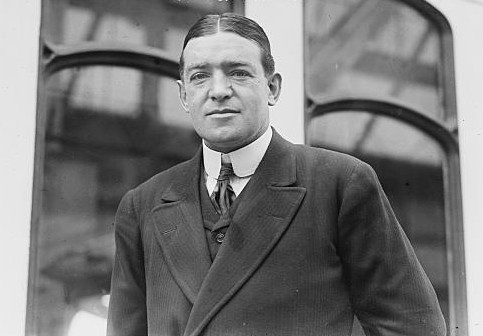
Shackleton’s Grave in Grytviken
Set against the stark, mountainous landscape of South Georgia, the grave of Shackleton is located in a small cemetery near the abandoned whaling station at Grytviken. The site is simple yet deeply moving. His grave is uniquely positioned facing south, towards Antarctica, an acknowledgement of his lifelong passion and relentless pursuit of polar exploration.
The funeral was a solemn and respectful occasion. A small ceremony took place in Grytviken’s church, presided over by Edward Binnie, the magistrate. It was attended by managers of the five whaling stations and around a hundred whalers and sailors. Shackleton’s coffin, draped in the Union Jack, was carried in procession to the cemetery by six Shetland Island men, preceded by two men carrying black funeral banners in the traditional Norwegian custom. The grave of Shackleton was initially marked with a simple wooden cross adorned with wreaths before a permanent headstone was erected.
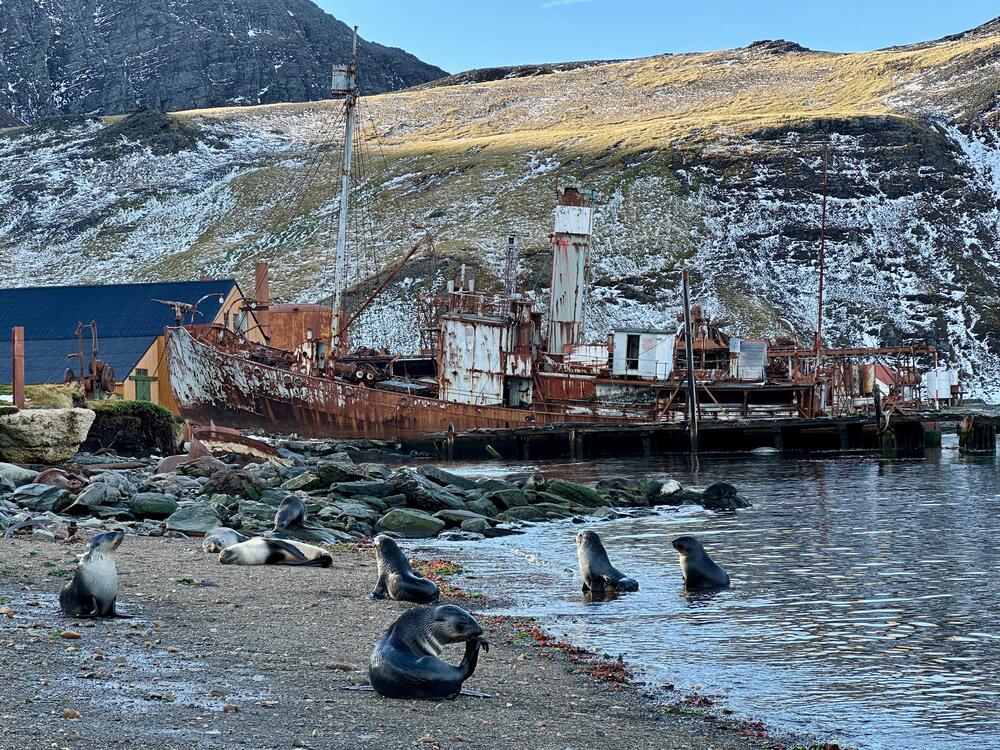
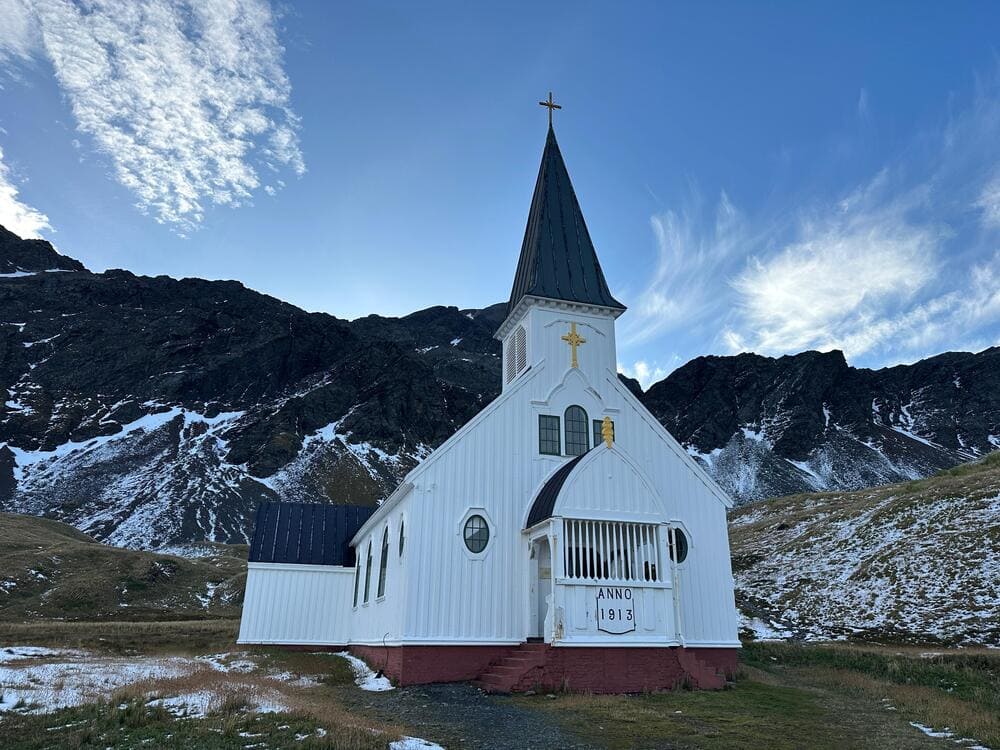
In 1928, a headstone made of Scottish granite was placed at the site, inscribed with a line from a poem by Robert Browning: “I hold that a man should strive to the utmost for his life’s set prize.” This epitaph captures the spirit of Shackleton’s relentless ambition and resilience. The headstone was transported from Edinburgh to South Georgia, a journey that mirrored, in a small way, the many epic voyages Shackleton undertook during his lifetime.
A significant addition to the cemetery came decades later: Shackleton’s right-hand man, Frank Wild, was buried beside him in 2011. Wild, who had been Shackleton’s trusted deputy on multiple expeditions, had always wanted to be laid to rest next to ‘The Boss.’ His ashes were interred beside Shackleton’s grave, fulfilling his lifelong wish and symbolising their enduring bond.
Each year, visitors make their way to Grytviken to pay tribute. A longstanding tradition is to toast ‘The Boss’ with a dram of whisky, a simple yet fitting tribute to a man who led with courage and camaraderie.
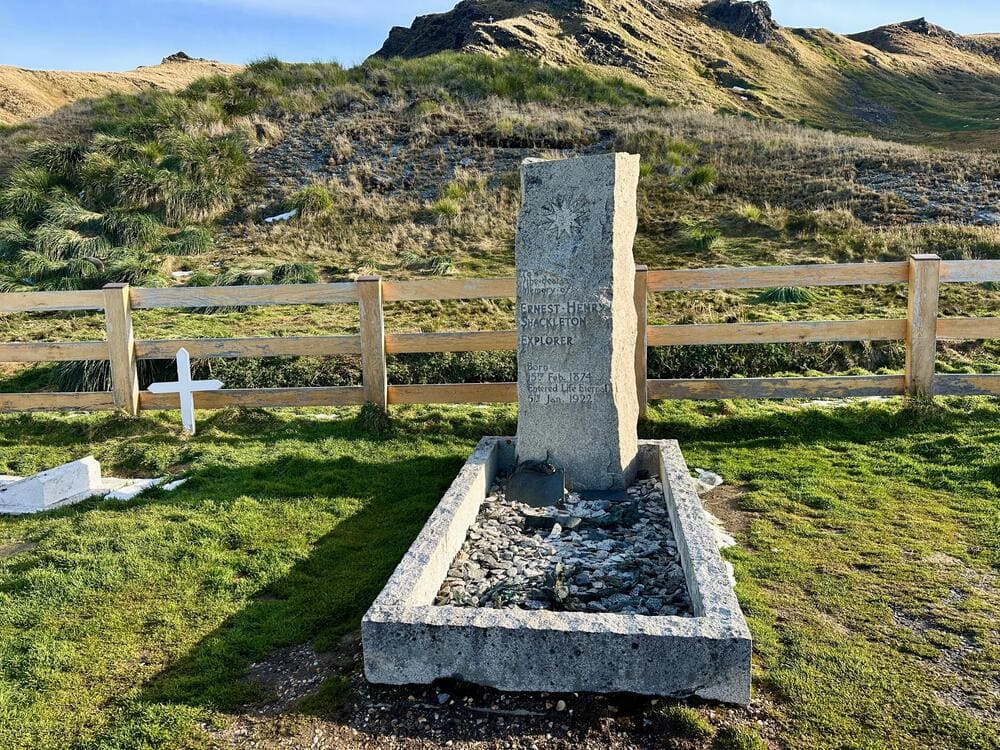
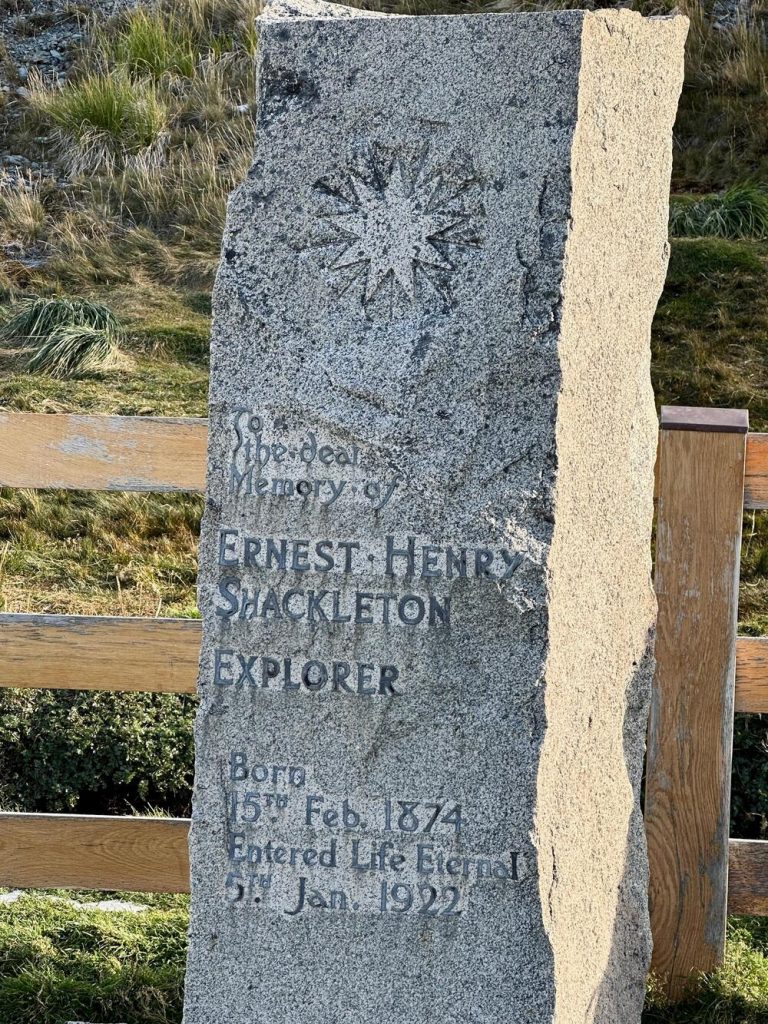
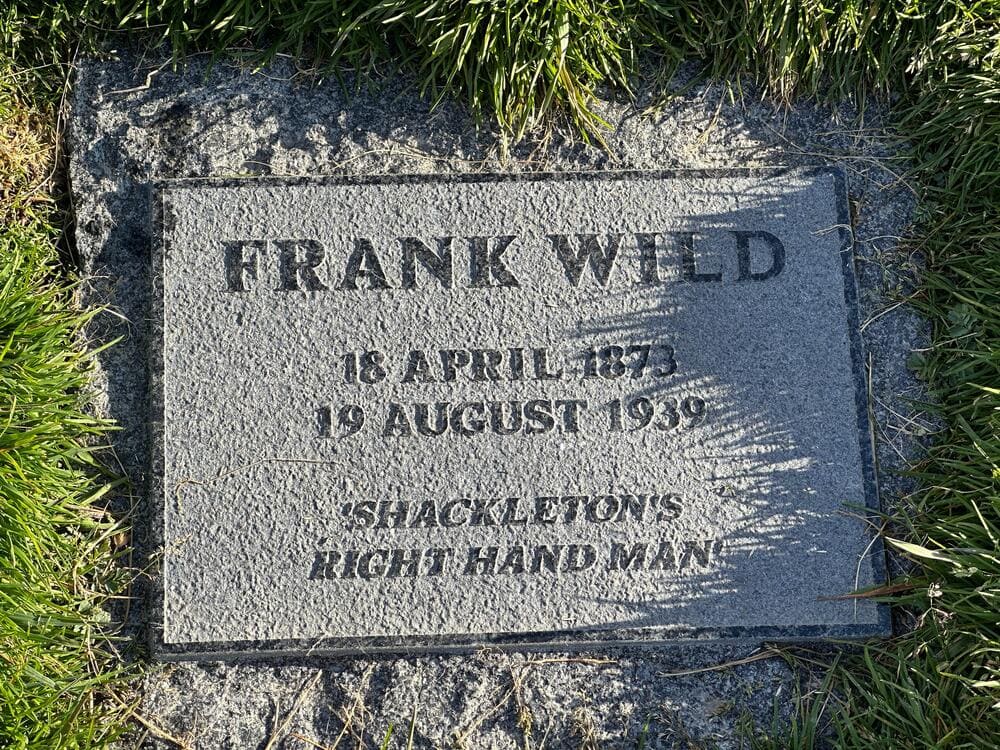
The Shackleton Whisky
No visit to the grave of Shackleton is complete without raising a glass in his honour. The whisky most associated with him is the ‘Shackleton Whisky,’ a modern recreation of the Scotch carried by his team during the Nimrod Expedition of 1907–1909. When remnants of the original bottles were discovered under Shackleton’s Antarctic hut a century later, master blenders meticulously recreated the spirit. Today, it is often enjoyed at Grytviken as part of the tribute to the legendary explorer.
Grytviken itself is a hauntingly beautiful place. The rusting remains of the old whaling station stand as a testament to a bygone era, surrounded by snow-capped peaks and the icy waters of Cumberland Bay. The area teems with wildlife: elephant seals laze on the shore, fur seals dart in and out of the water, and king penguins waddle through the ruins. The contrast between the abandoned human settlement and the thriving nature around it adds to the otherworldly feel of the place.
Standing before the grave of Shackleton, whisky in hand, gazing out towards the icy seas he once navigated, one cannot help but feel a deep respect for the man and his legacy. His story is not just one of adventure, but of resilience, leadership, and an unyielding drive to push the limits of human exploration. Shackleton’s final resting place, in this lonely but beautiful corner of the world, remains a powerful symbol of his indomitable spirit.

